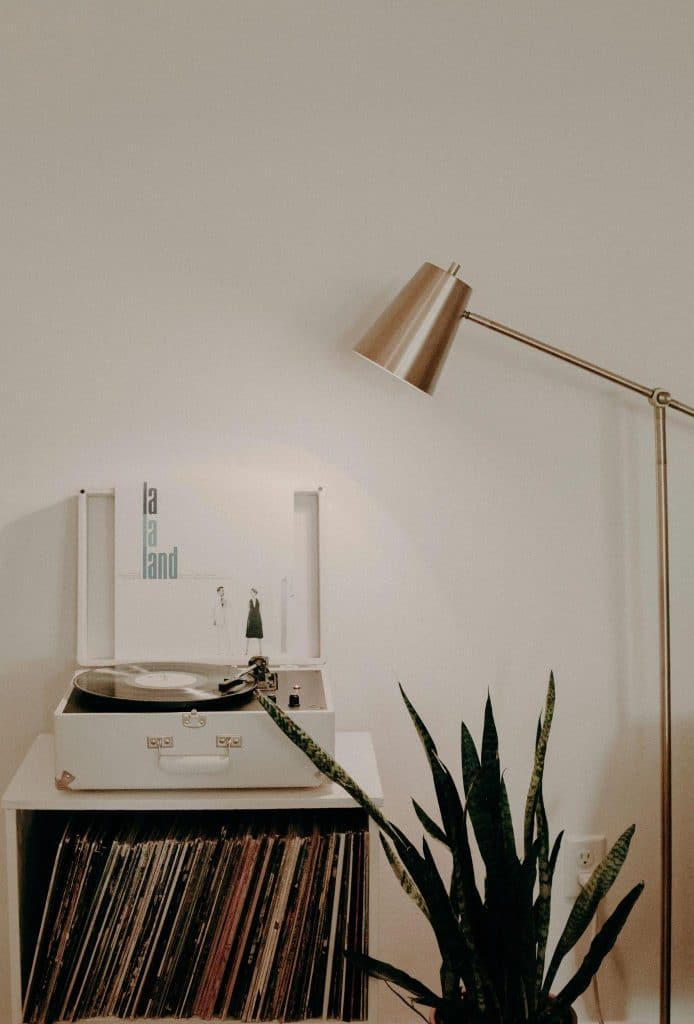There’s nothing quite like getting lost in your favorite album—but the space you listen in can make all the difference. Playing vinyl, streaming your favorite tracks, or putting on a playlist all sound better in the right space. A well-designed listening room isn’t just about audio quality—it’s about creating an atmosphere that improves the entire experience. Here’s how to set up a space that sounds amazing and feels just as good.
Set the Mood: Colors & Textures That Fit Your Music Taste
The best listening rooms aren’t just about sound quality—they also set the tone for how music makes you feel. The colors, textures, and materials in your space can impact your listening experience in ways you might not expect.
Think about the mood you want to create. A deep, moody color palette with soft, layered textures works well for jazz and blues, while lighter tones and sleek finishes suit electronic or classical music. Wall tapestries, curtains, and other soft furnishings like Custom rugs can also help with sound absorption, creating a warmer, more intimate atmosphere.
Why Rugs Matter for Sound & Comfort
Hard surfaces can cause sound to bounce, creating unwanted echoes or harshness. Adding a well-placed rug can soften the acoustics, making your music sound fuller and more natural.
Beyond sound, a rug adds warmth and texture, making the space more inviting. A thick, plush rug can even reduce footstep noise, making sure nothing disrupts your listening experience. Whether you opt for a bold, patterned statement piece or a subtle neutral tone, a rug helps to define the space while increasing both comfort and sound quality.
Speaker & Seating Setup for the Best Sound
How you place your speakers and arrange your seating directly impacts your listening experience. Positioning speakers at ear level and at an equal distance from where you sit helps to create a more balanced, immersive sound.
Consider the “sweet spot”—the ideal listening position where sound waves meet at the perfect angle. This is typically a triangle between your seat and two speakers. Avoid placing speakers directly against walls, as this can cause distortion.
As for seating, comfort is key. A plush armchair or a deep sofa can make long listening sessions more enjoyable, but be mindful of overly reflective materials like leather, which can subtly affect sound clarity.
Minimalist or Maximalist? Find Your Style
Your listening space should reflect your personality. Some music lovers prefer a minimalist setup, with a clean, distraction-free environment that lets the music take center stage. Others might lean toward a maximalist aesthetic, with bold artwork, vintage posters, and eclectic decor that celebrates their love for music.
Vinyl collectors may want to incorporate stylish record storage that keeps albums accessible while adding to the room’s design. Shelving units or wall-mounted displays can turn your favorite records into decorative statements while keeping them organized.
Bringing It All Together
A great listening room is about more than just good speakers—it’s about creating an atmosphere where music feels alive. The right mix of color, texture, layout, and acoustics can make all the difference. A sleek, minimalist setup keeps things clean and focused, while vintage music memorabilia adds personality and nostalgia. No matter the style, the best listening spaces are designed for both great sound and a comfortable vibe.





















